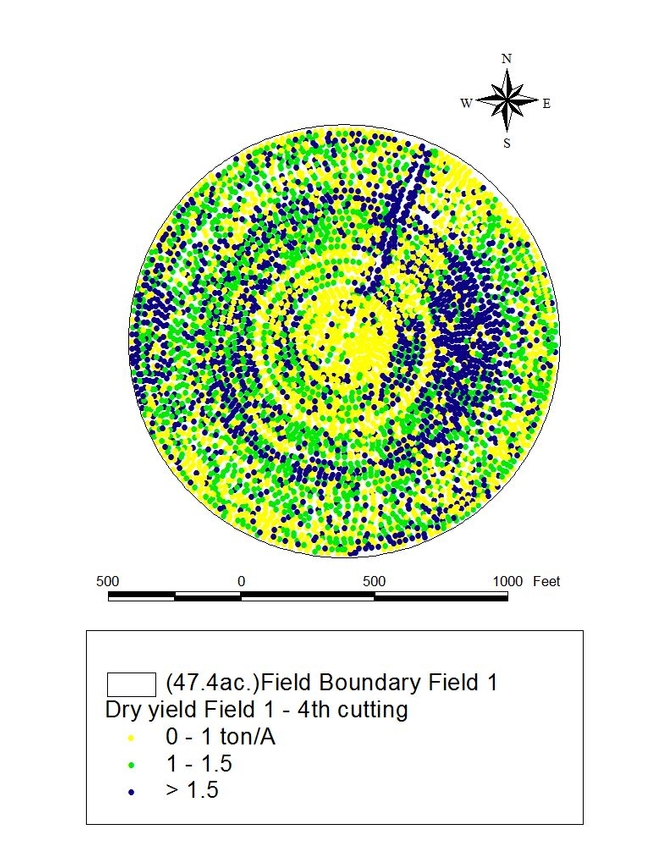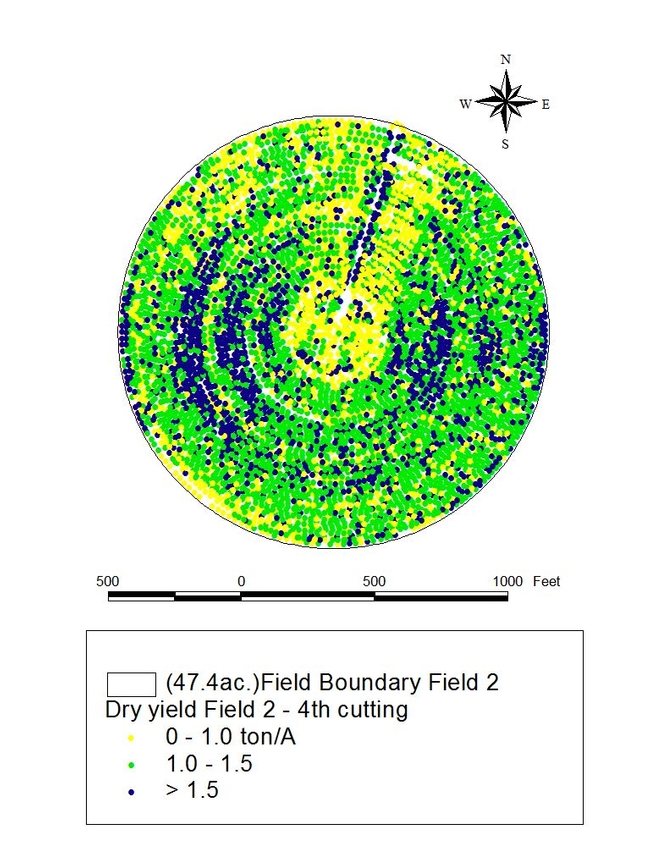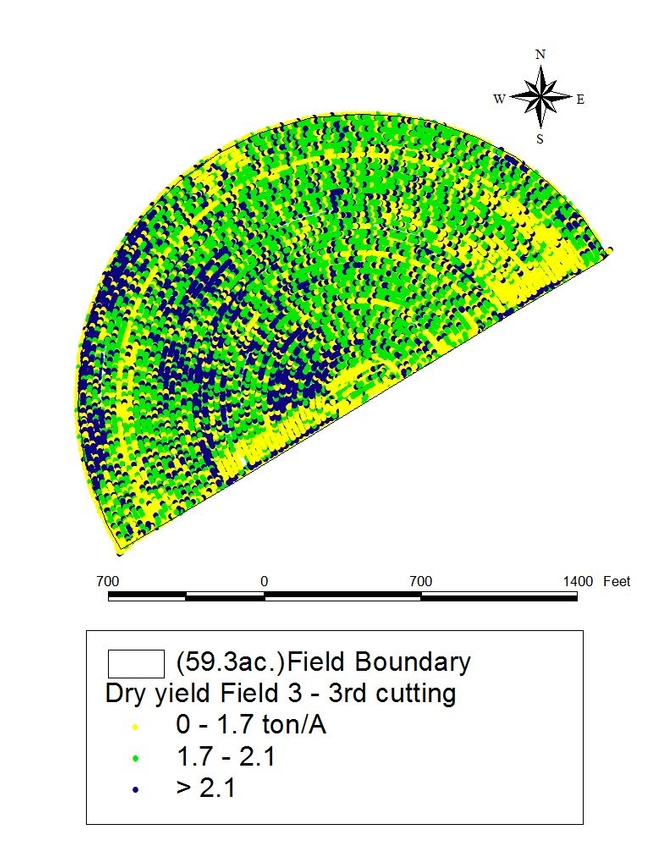Within-field yield variability is often observed by growers while managing and harvesting their fields, however, it is difficult to determine the boundaries and magnitude of such variability. Identifying and understanding the causes of yield spatial variability can be extremely useful for improved crop and soil management and consequently maximizing production efficiency. Yield monitoring technology was developed approximately 20 years ago in Europe and in the Midwestern US with the objective of mapping yield variability of grain and soybean crops using mass-flow sensors and GPS installed on combines. In addition to grain crops, different concepts of yield monitoring technology have evolved over time for crops like sugar cane, coffee, potatoes, citrus, peanuts, tomatoes, forages and pistachios. The success of developing yield monitoring technology is related to the properties of each crop and its harvesting operation. It relies mostly on the development of reliable methods to instantaneously measure crop mass-flow. This has been a challenge for alfalfa and other hay crops, and yield monitoring technology is still under development for these crops.
A commercial hay yield monitoring device (Harvest Tec 500®) was installed in a Freeman 370T® baler (small square bales) and evaluated in a study conducted in three alfalfa fields located in the High Desert of Southern California to assess it’s accuracy and acquire insight into its usability (e.g., ease of installation and data collection). Two methods were used to assess the accuracy of the yield monitor based on different sampling dimensions. Overall, the installation of the yield monitor was simple, especially if compared to grain yield monitors, and the grower did not find it difficult to use. However, a considerable amount of data was lost during the two years of data collection, and it is unclear whether the cause is related to operational mistakes or equipment malfunction. Yield maps of the three alfalfa fields monitored in this study (figures below) presented clear patterns of low and high productivity for all the cuttings evaluated. Such patterns were recognized by the grower, who pointed out that greater clay content, gopher infestations and irrigation nozzle issues were the most probable reasons for the observed differences. Those differences were consistent among cuttings. In addition, plant height measurements were significantly higher on parts of the field where yields were higher.Although the results of this study indicate that the yield monitor underestimated alfalfa yields, this equipment can be used in hay farms to help growers and consultants identify and understand the causes of yield spatial variability and ultimately target crop and soils management to specific areas of the field. For example, a grower or PCA can target soil and plant tissue sampling on low yielding areas in order to understand what’s limiting yield, or reduce input application on areas of limited profitability that can not be improved by crop or soil management.
Attached Images:



